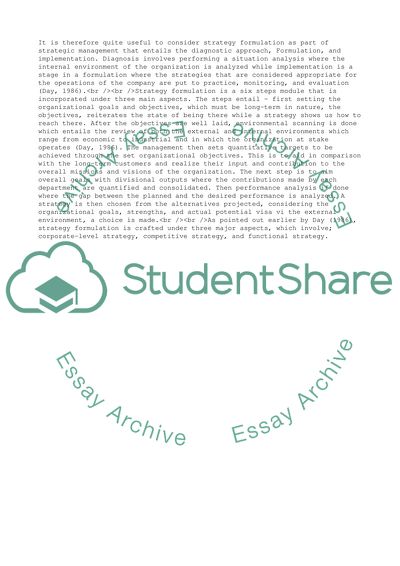Cite this document
(Strategy Formulation: First-Mover Theory and Late-Mover Theory Coursework Example | Topics and Well Written Essays - 1750 words - 1, n.d.)
Strategy Formulation: First-Mover Theory and Late-Mover Theory Coursework Example | Topics and Well Written Essays - 1750 words - 1. https://studentshare.org/management/1780726-strategy-formulation-ip-unit-3
Strategy Formulation: First-Mover Theory and Late-Mover Theory Coursework Example | Topics and Well Written Essays - 1750 words - 1. https://studentshare.org/management/1780726-strategy-formulation-ip-unit-3
(Strategy Formulation: First-Mover Theory and Late-Mover Theory Coursework Example | Topics and Well Written Essays - 1750 Words - 1)
Strategy Formulation: First-Mover Theory and Late-Mover Theory Coursework Example | Topics and Well Written Essays - 1750 Words - 1. https://studentshare.org/management/1780726-strategy-formulation-ip-unit-3.
Strategy Formulation: First-Mover Theory and Late-Mover Theory Coursework Example | Topics and Well Written Essays - 1750 Words - 1. https://studentshare.org/management/1780726-strategy-formulation-ip-unit-3.
“Strategy Formulation: First-Mover Theory and Late-Mover Theory Coursework Example | Topics and Well Written Essays - 1750 Words - 1”. https://studentshare.org/management/1780726-strategy-formulation-ip-unit-3.


